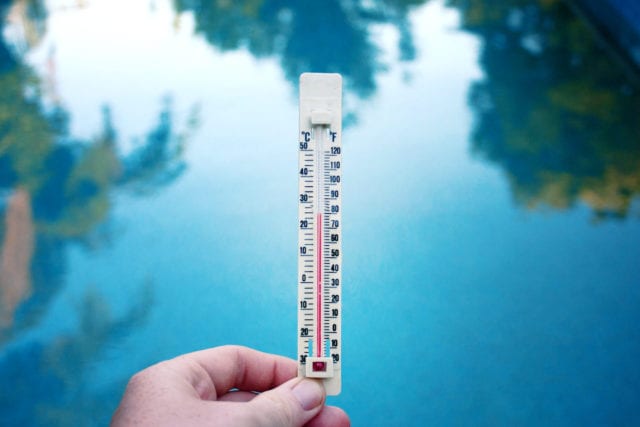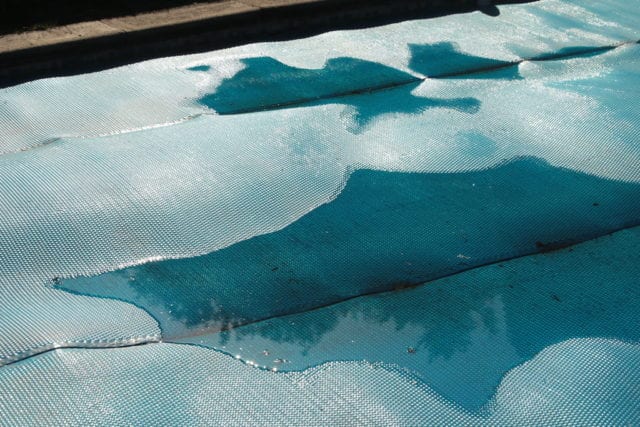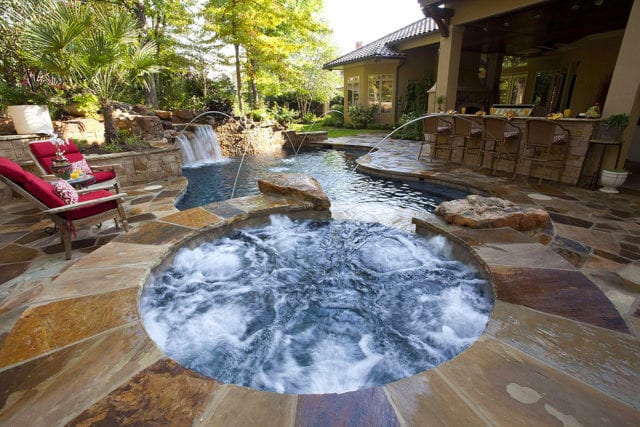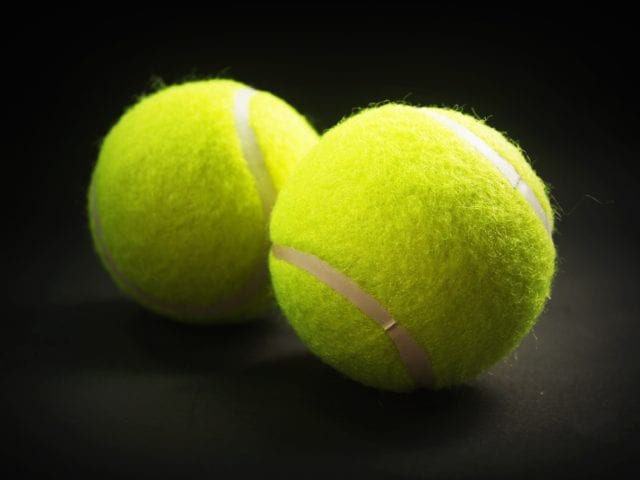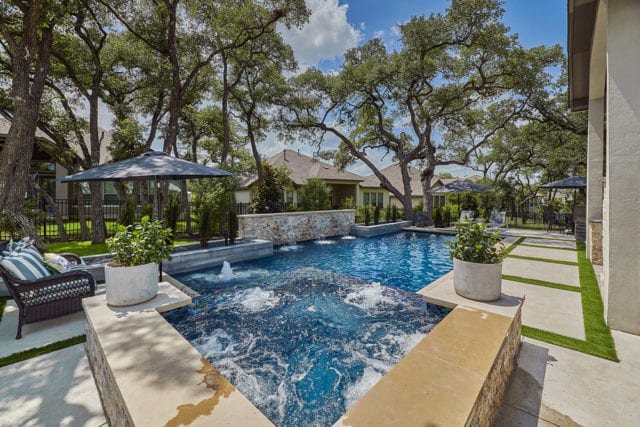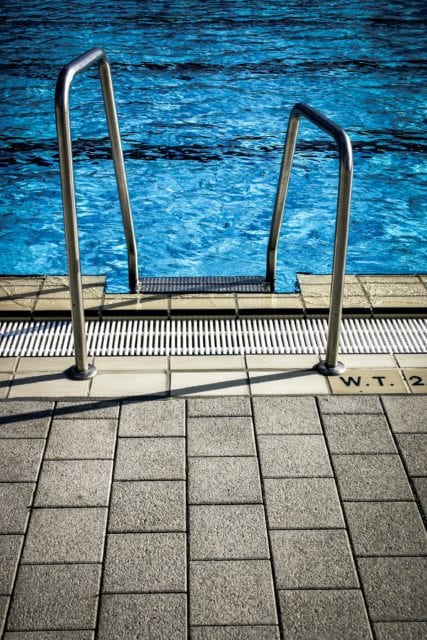Don’t Pee in the Pool!
Let’s be honest, the subject is awkward and uncomfortable, but if you own a pool it’s important to know what your ‘getting yourself into. ’Pretty much anyone who has swam in a pool, has peed in it in their lifetime. So, it’s safe to say basically any pool will has a certain amount of pee in it. Even Michael Phelps, the Olympic swimmer, has admitted to it himself. He stated, “chlorine kills it, so it’s not bad.” However, science is telling us otherwise. Not only is it just gross, but it’s harmful to your health.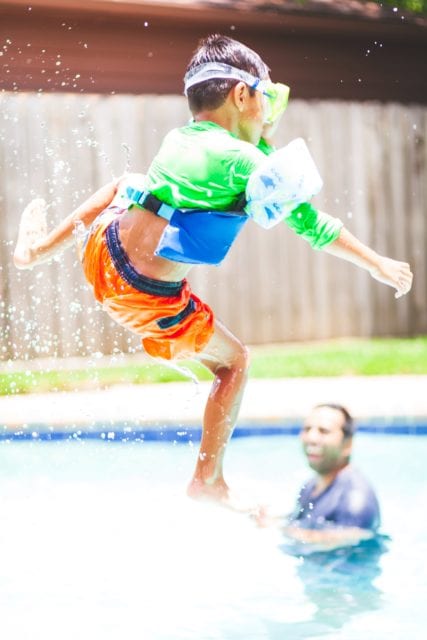
In fact, a new study found that chlorine does not kill contents of our urine, but does however react with it to create potentially dangerous chemicals. The research, published in the journal Environmental Science & Technology, used a technique called membrane introduction mass spectrometry to measure the presence of dangerous byproducts in pools. Uric acid from human urine mixes with chlorine to create the cyanogen chloride (CNCI) and trichloramine (NCl3). CNCI is a toxic compound that can harm organs like the lungs, heart, and central nervous system. NCl3 has been linked with acute lung injury.
You know that familiar “pool smell”? It kind of stings your nose when you breathe in? Well, it’s actually not chlorine, but chloramines. The stronger the smell the more pee there is in the pool and its reacting to the chlorine to give off that smell.
Researchers recommend that all swimmers avoid urinating in swimming pools to prevent these chemicals from forming. The study found that a chemical in urine and sweat, called uric acid, undergoes a chemical reaction with chlorine to produce two substances– cyanogen chloride and trichloramine. This is where the danger begins.
Trichloramine is known for aggravating upper respiratory conditions like asthma, however it’s known for causing them in professional swimmers, because they spend so much time in the water and around pools. Mostly likely you won’t have Olympic trainers in your pool however, chloramines are also known to trigger asthma attacks and make the condition worse. On the other hand, chloramines are irritating to people in good health, however it does sting the eyes and burn the throat.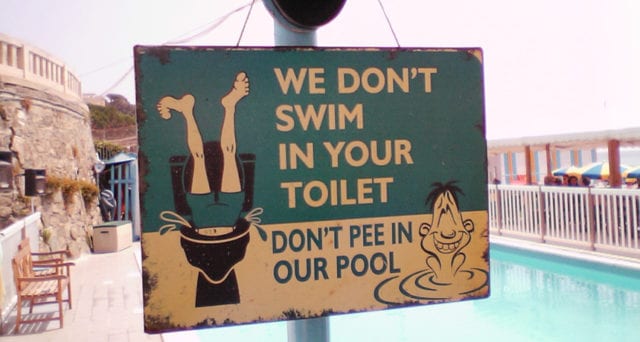
Often the reason why people do pee in the pool is due to laziness. They simply don’t want to get out of the pool, dry off, go inside and use the toilet. So we recommend posting a sign in your pool area, maybe 2 and encourage your guests to use the bathroom when they do need to go.
Overall, there really is no need to panic if someone does or avoid a pool because you are now paranoid. Don’t let us spoil your fun, go ahead and enjoy the pool, just use jump out and use the bathroom when needed.
read more
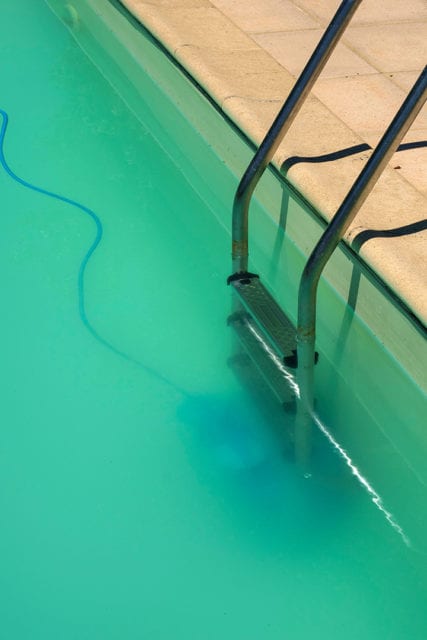

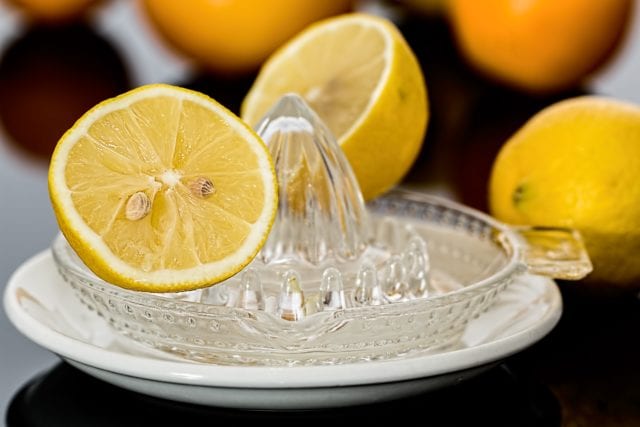
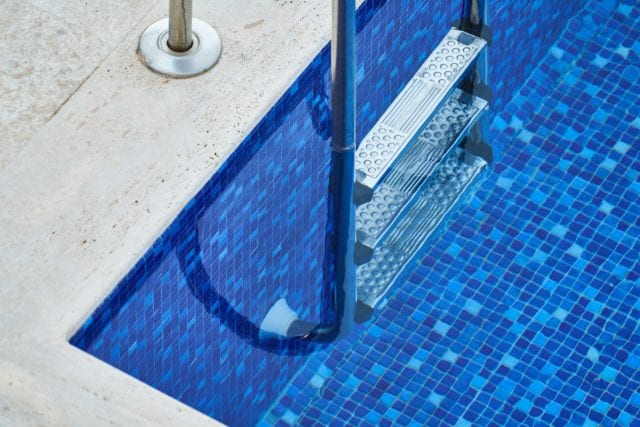
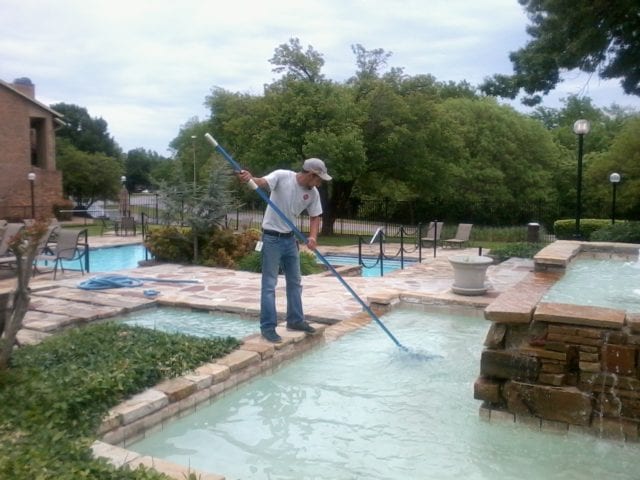
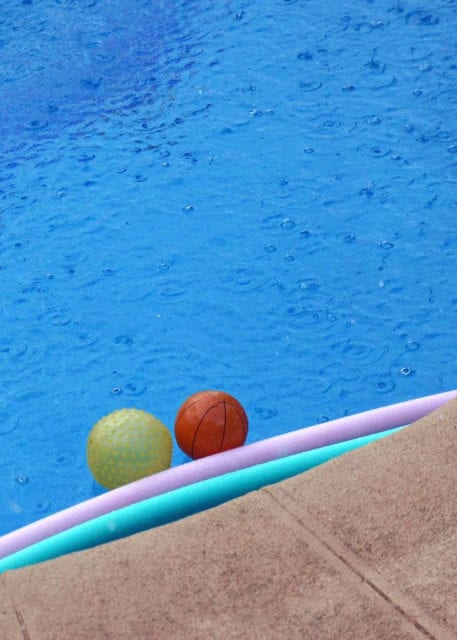
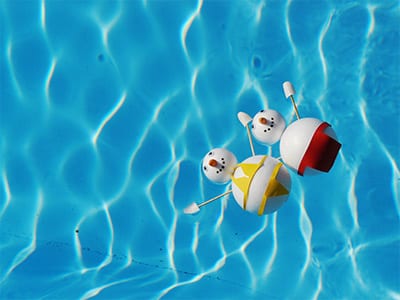
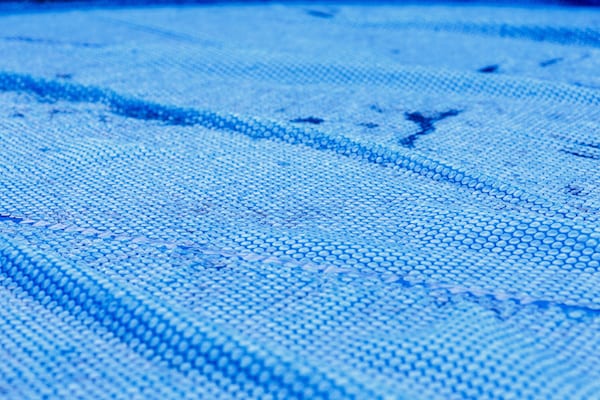 3. Run your pump. Run your pump about 6 hours every day. If there is a rare threat of frost, try to run it throughout the day and night. This helps circulate the water and chemicals and also lessens the risk of plumbing damage.
3. Run your pump. Run your pump about 6 hours every day. If there is a rare threat of frost, try to run it throughout the day and night. This helps circulate the water and chemicals and also lessens the risk of plumbing damage.